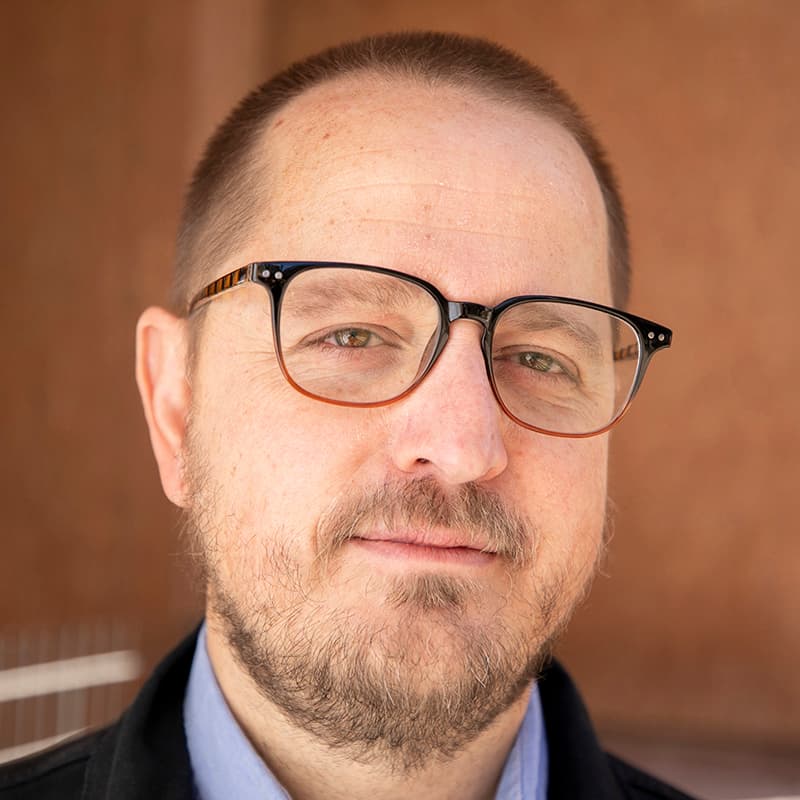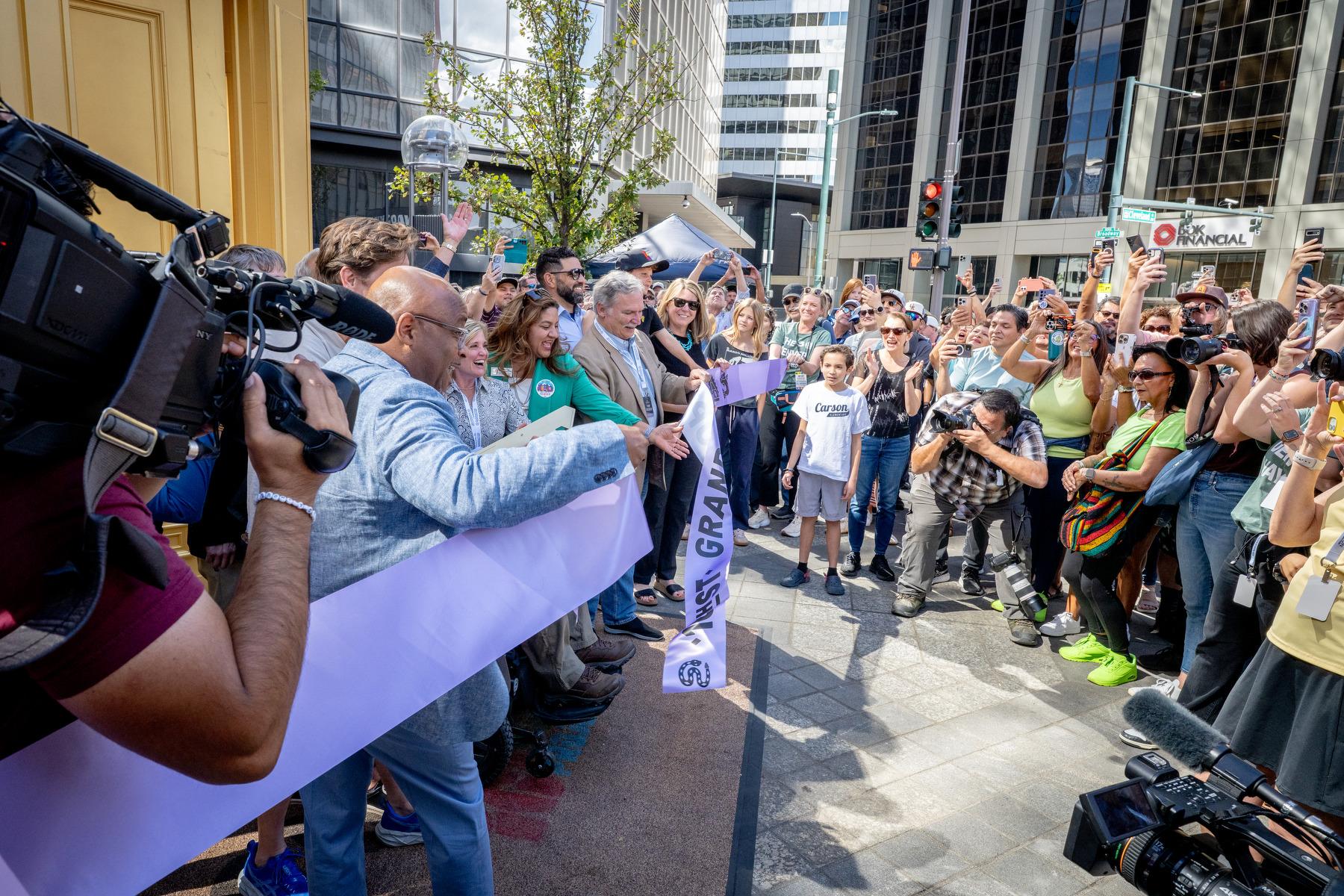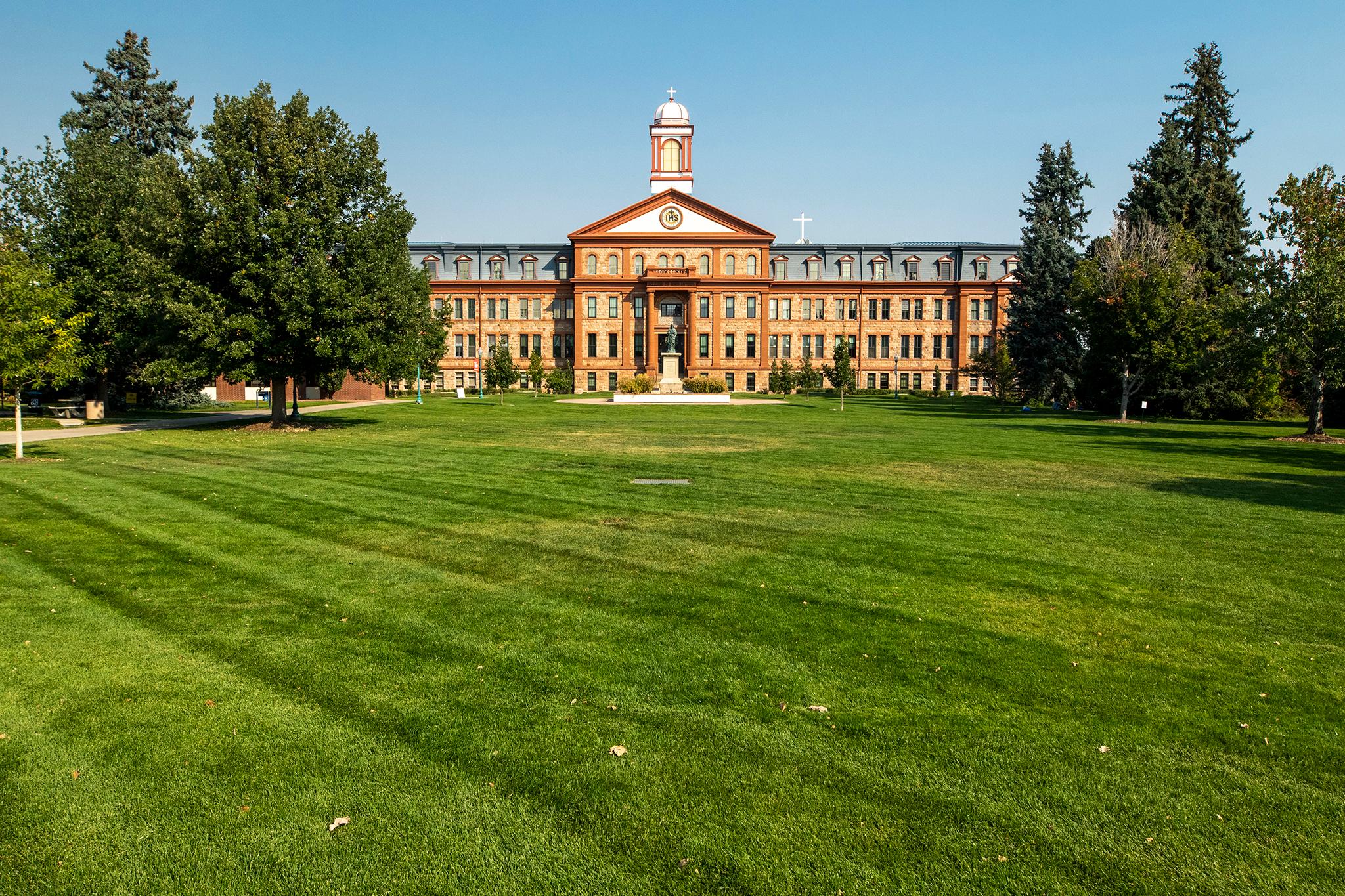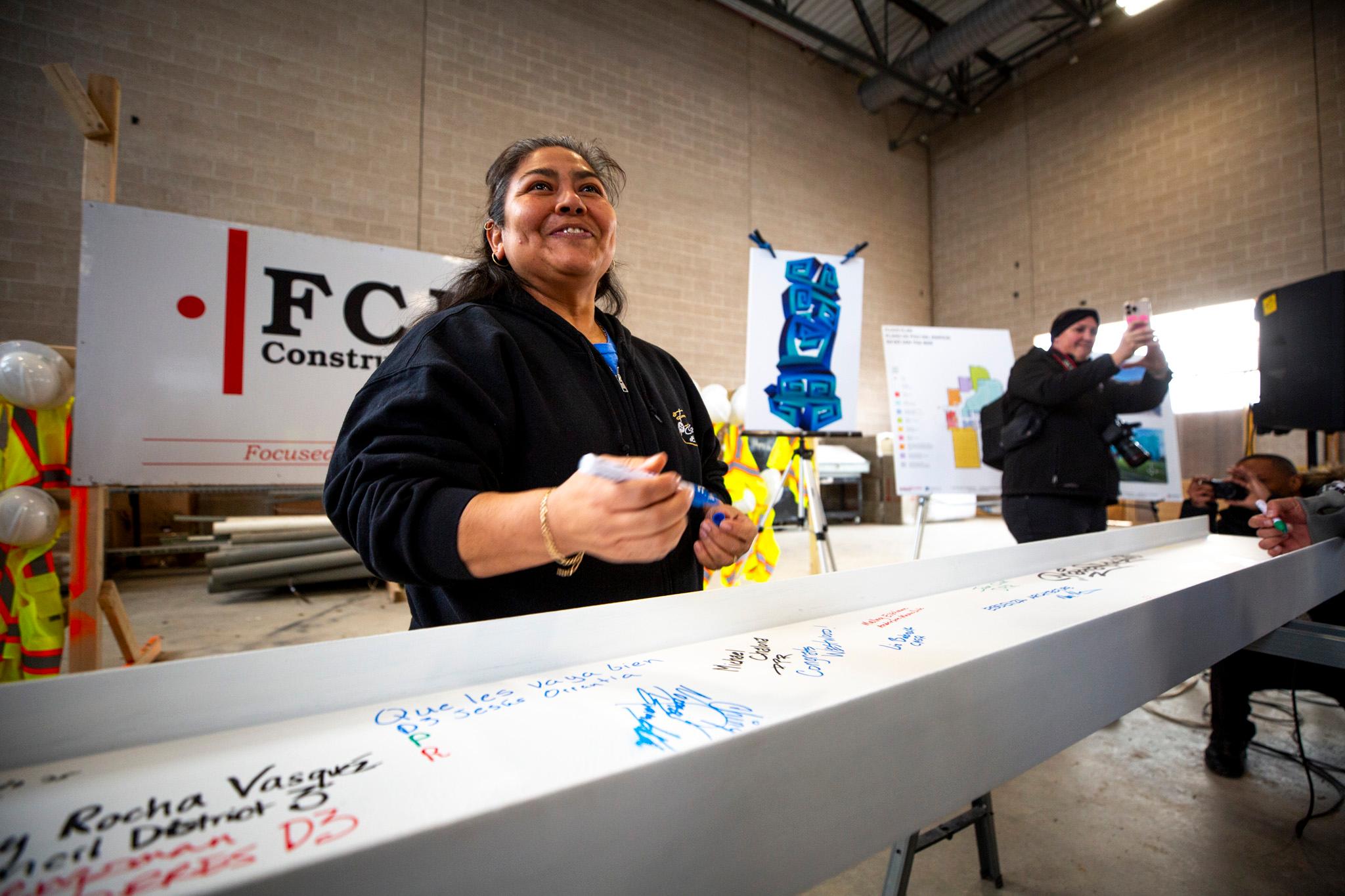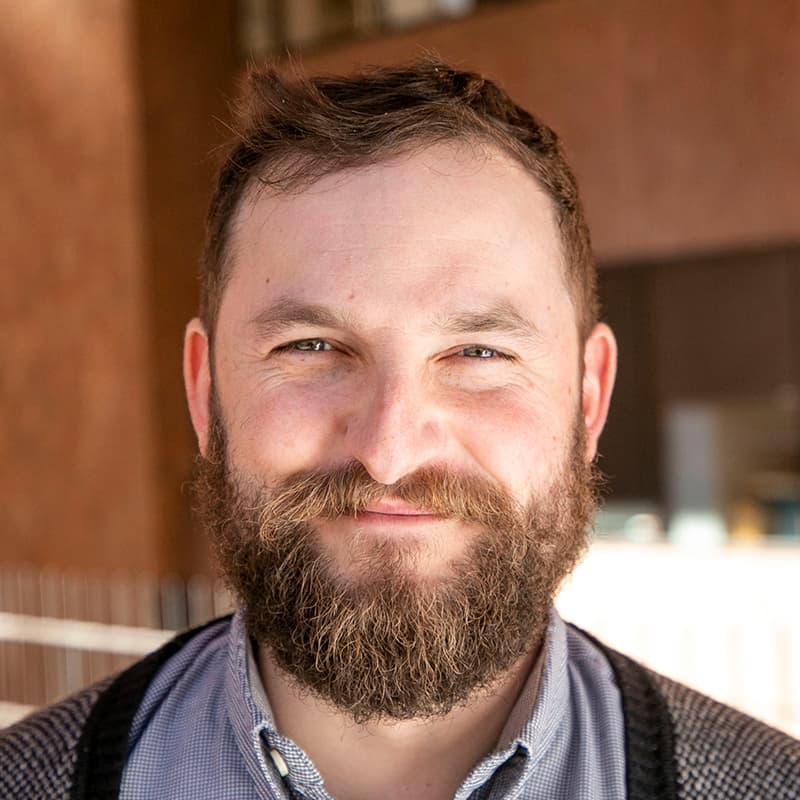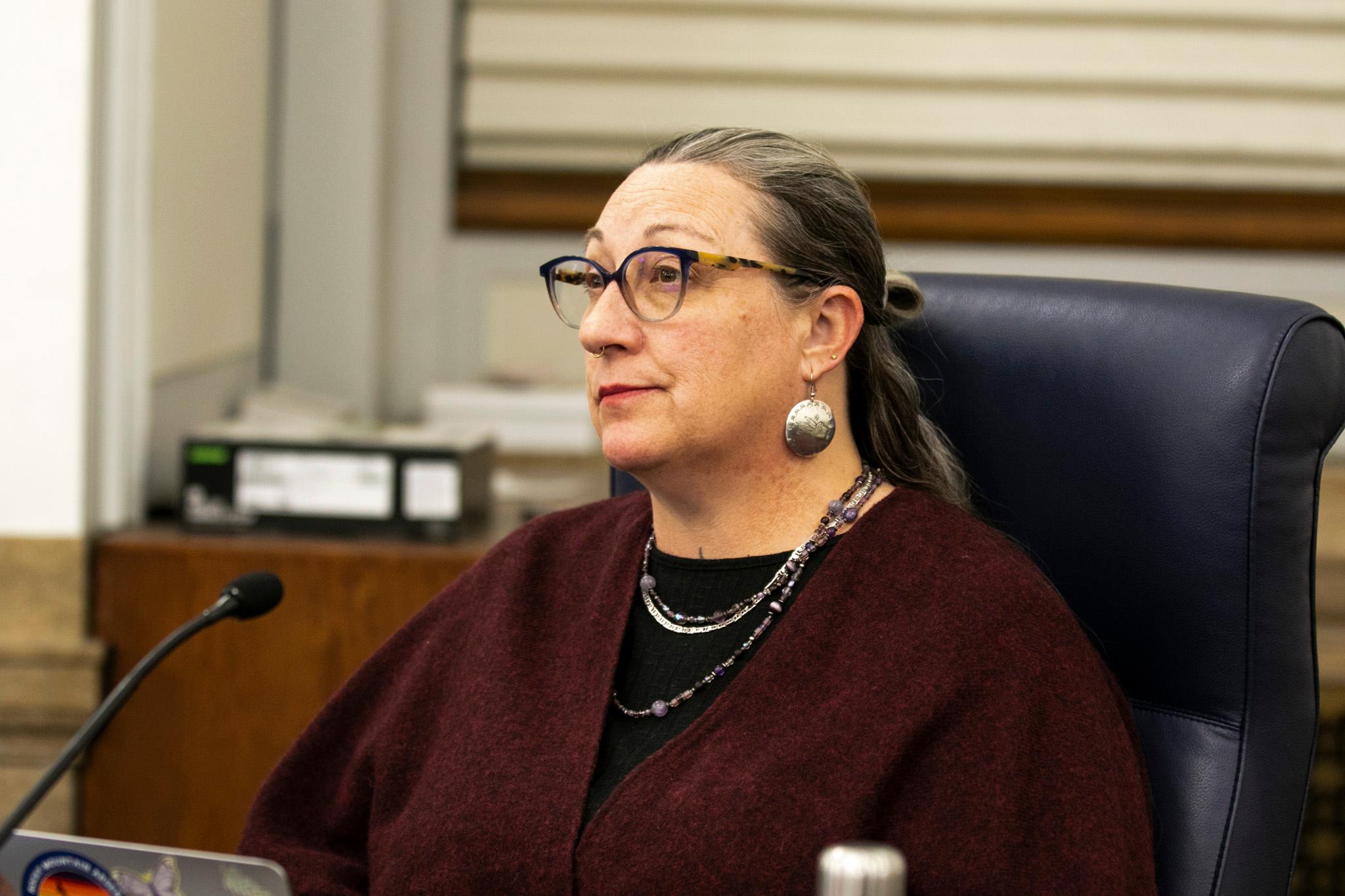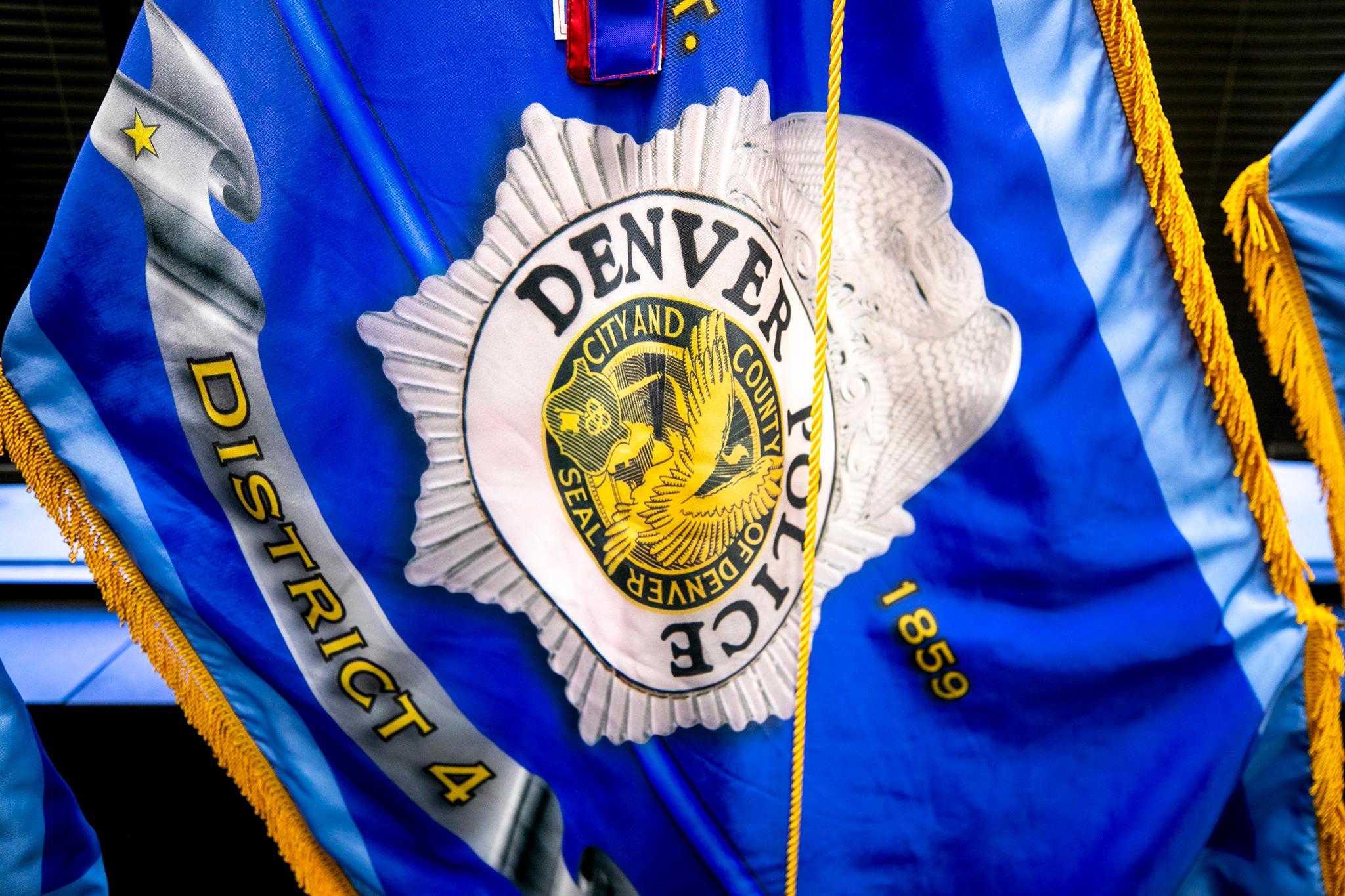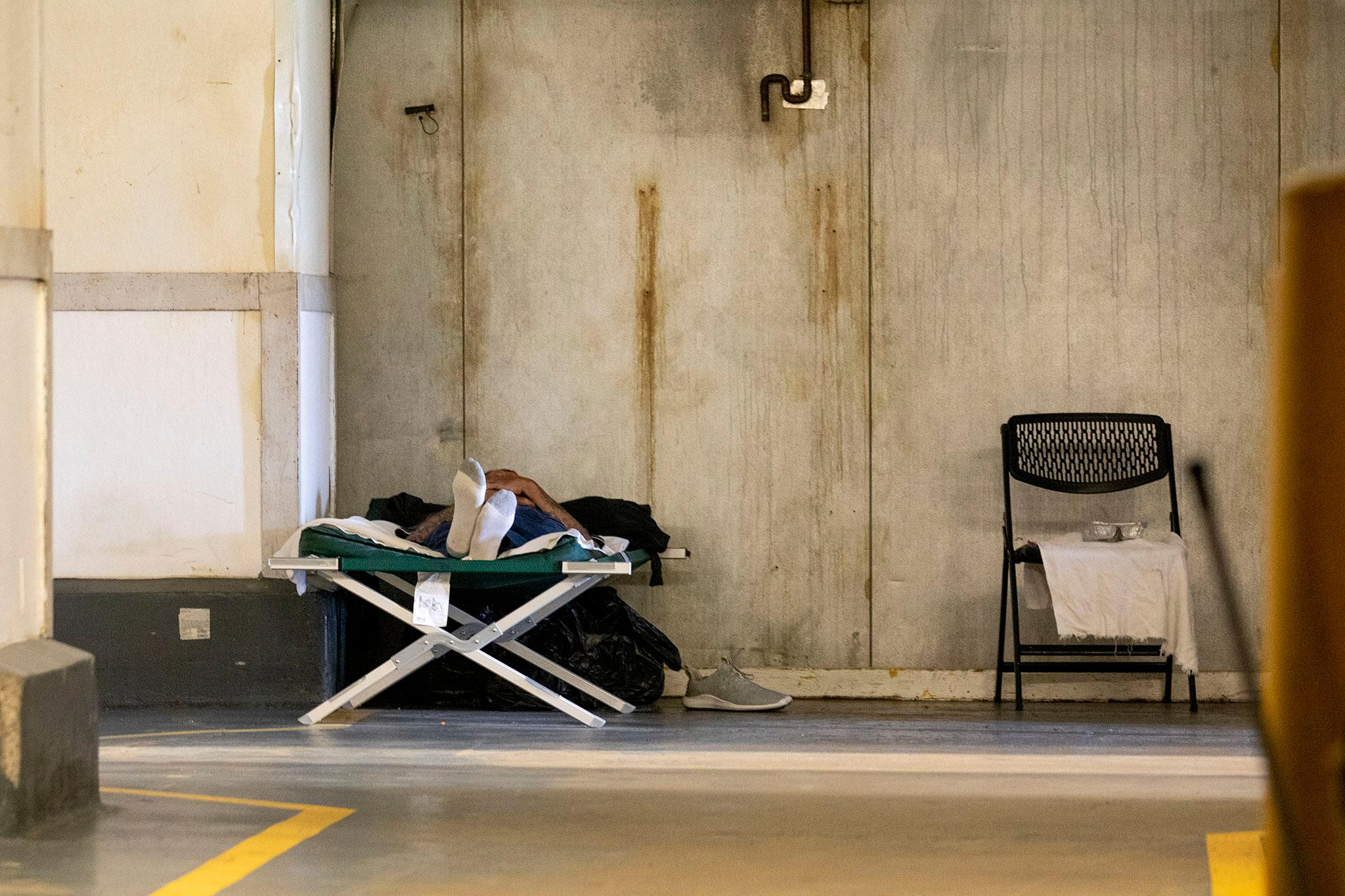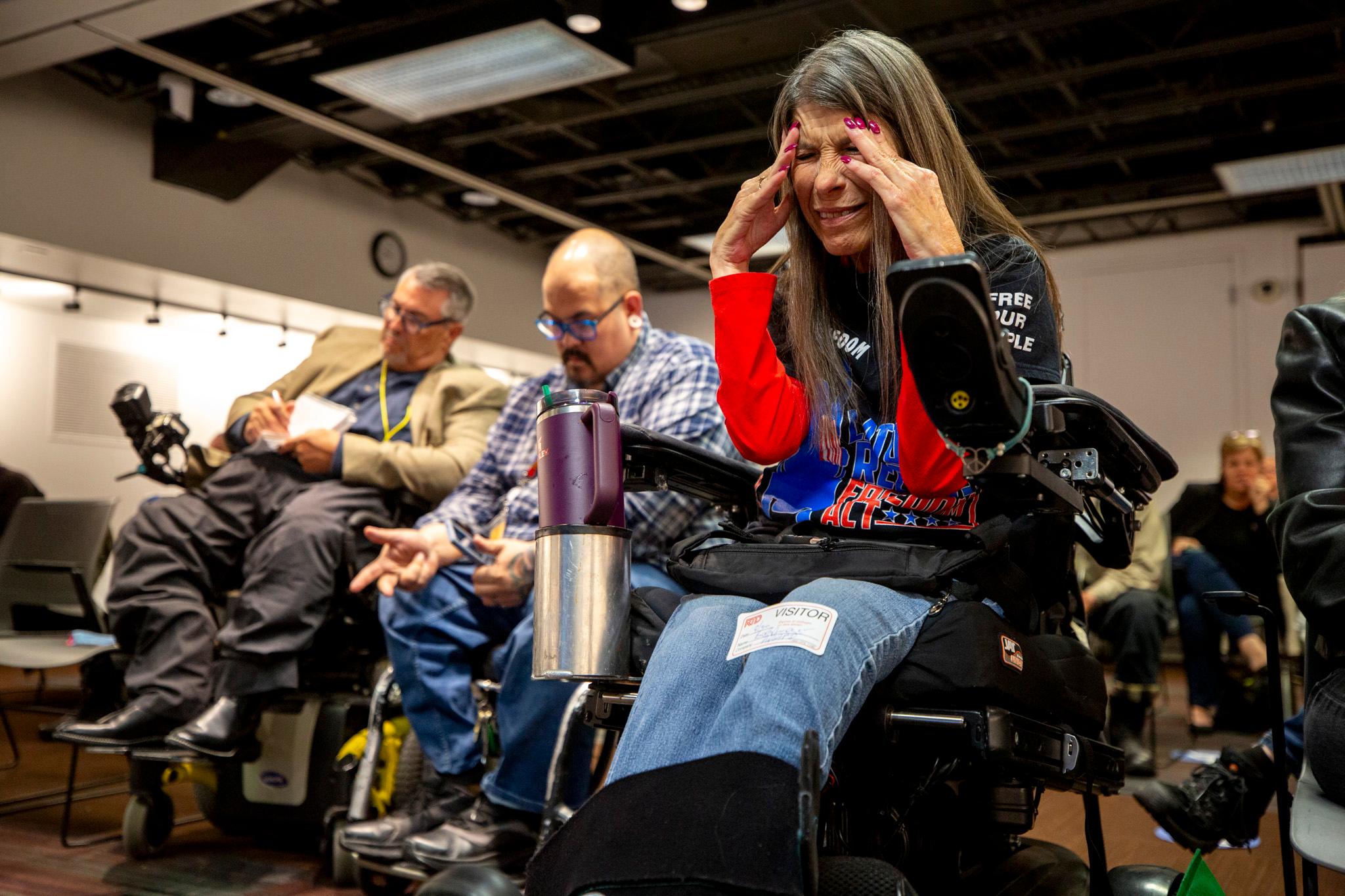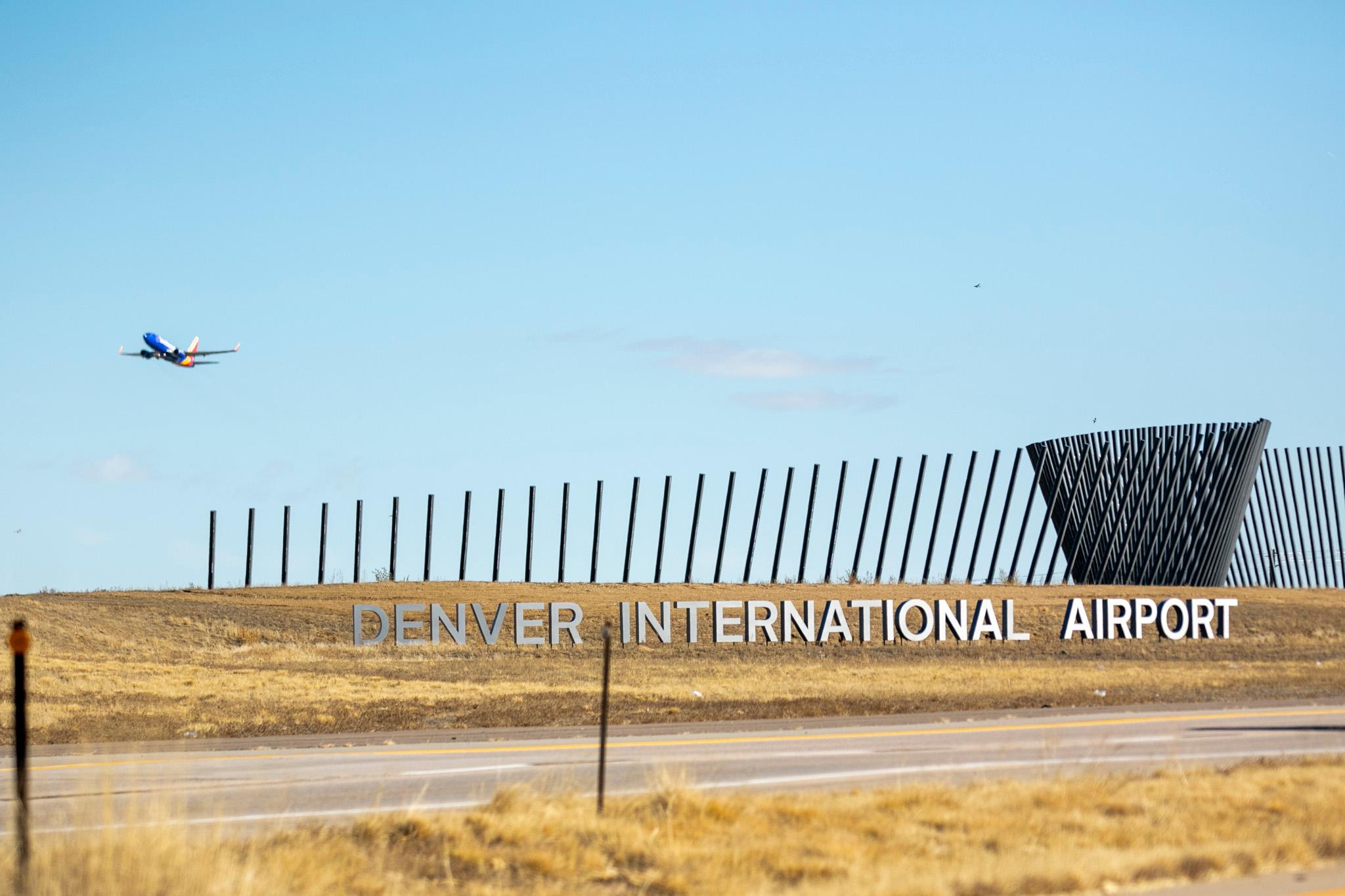Politicians celebrated. Businesses open their doors. And protesters marched.
After three and a half years of fences and boarded-up storefronts, 16th Street fully reopened on Saturday as Denver’s central civic space – one where kids play, residents shop and dine, and protesters have a public forum to address their concerns.
“You can see all the way to the bridge,” Mayor Mike Johnston said, standing on a stage at Cleveland and 16th streets at the Saturday grand opening. “You will see there are no fences, no construction. What you see are open restaurants, open stores, open booths, and an open downtown Denver.”
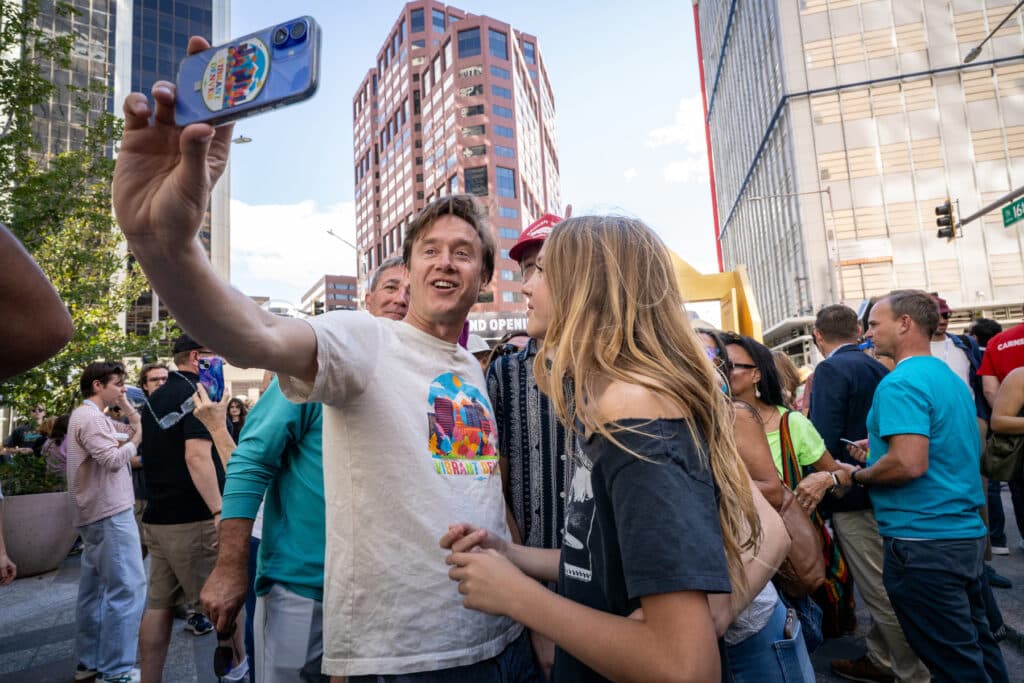
The $175 million construction project brought nearly 1 million new pavers, public art and fresh infrastructure to the place formerly known as the 16th Street Mall. Work on the sprawling project began as the city tried to rebound from the pandemic. The closures tarnished the city's image for visitors and residents, who wrote off the city center as a dangerous ghost town.
The goal of the project has been to revitalize downtown. At least on Saturday morning, there was life on the plaza. The city celebrated the partial completion of the project in May, but the full mile of the mall wasn't reopened until now. Free shuttle service also returned to the entire street on Sunday.
“There are a lot of people who got a lot of narratives about downtown Denver,” former Mayor Michael Hancock told a crowd. “But it's never really been about pavers or about the street. It's about the people, the people who walk up and down this great street, this mall, if you will, and believe in the inherent greatness, that this is indeed the spine of our city.
“This is where we come together, not withstanding politics, race, color, creed or religion,” he continued. “This is where we come together and say simply, ‘We are Coloradans.’”
Bands like Guerilla Fanfare Brass Band, Flobots and Los Mocochetes brought a message of unity and joy to the city, espousing a vision of Denver where immigrants are welcome and the people are free to dream up the city they want to create together.
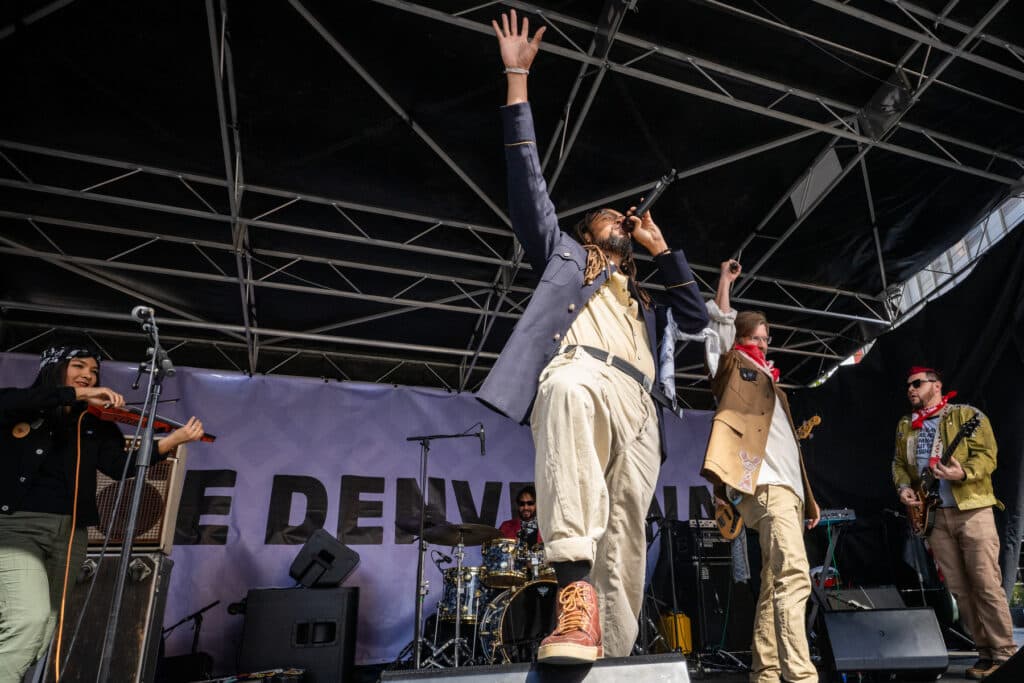
While restaurants and shops were full and vendors lined the streets, some Denverites used the grand opening as a chance to voice their concerns.
Pro-Palestinian protesters against Israel’s military campaign in Gaza rallied by the hundreds. Housing advocates with the Housekeys Action Network Denver paraded a tent through the street, criticizing the mayor’s increase in what he calls “quality of life” enforcement, likening him to President Donald Trump. City boosters promoted Johnston’s proposed $950 million Vibrant Denver bond. And evangelists handed out comic books about Jesus.
V Reeves, of the Housekeys Action Network Denver, took the mic while Los Mocochetes performed, questioning whether spending $175 million on a street revitalization — and a third of the city’s general fund on the Department of Public Safety, including the police, fire and sheriff agencies — is a good idea when families are living without homes.
“We believe in making sure that everyone has somewhere safe to go,” Reeves said. “Our migrants, our houseless friends on the streets, our Black and brown communities do not deserve to be over policed. They deserve to be protected.”
The mall has served many functions over the years: a place for people to enjoy the fruits of Denver, a home for residents and unhoused people alike, a rallying point for demonstrations, and a place to spend an easy afternoon people watching.
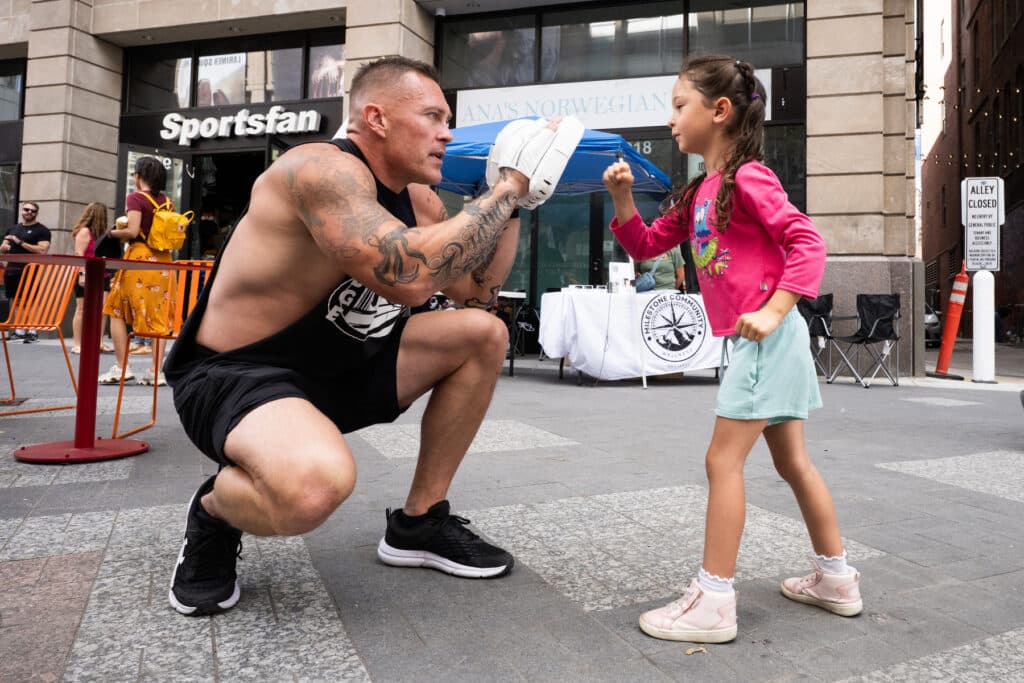
“This has been the heart of the city for 40 years,” Johnston said. “This is about making sure it is the heart of the city for the next 40 years.”
With the fences down, Denverites can once again come together in a common space and express their civic identity – as messy as that can be.
